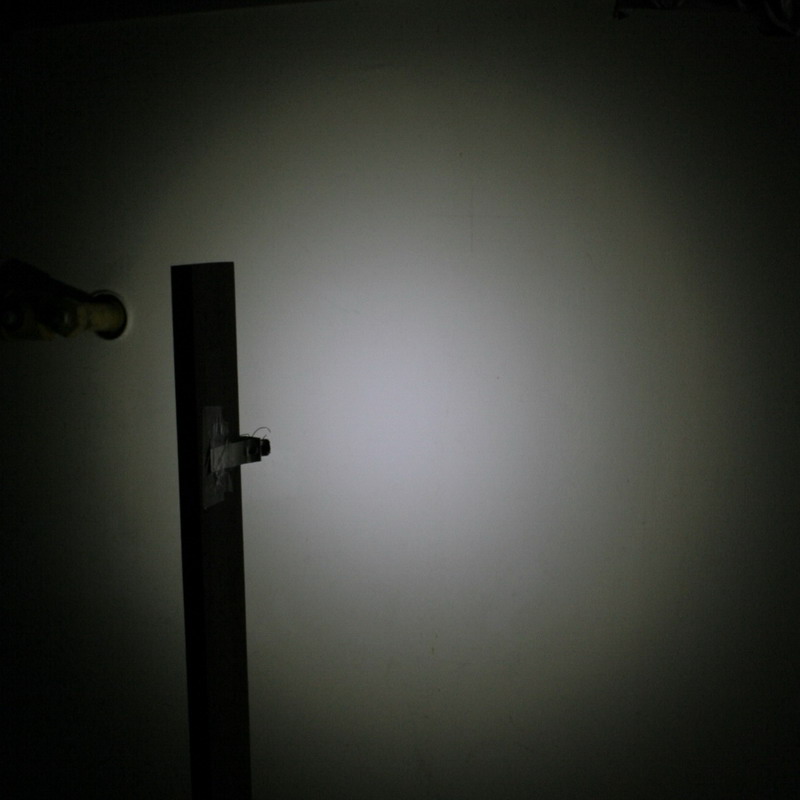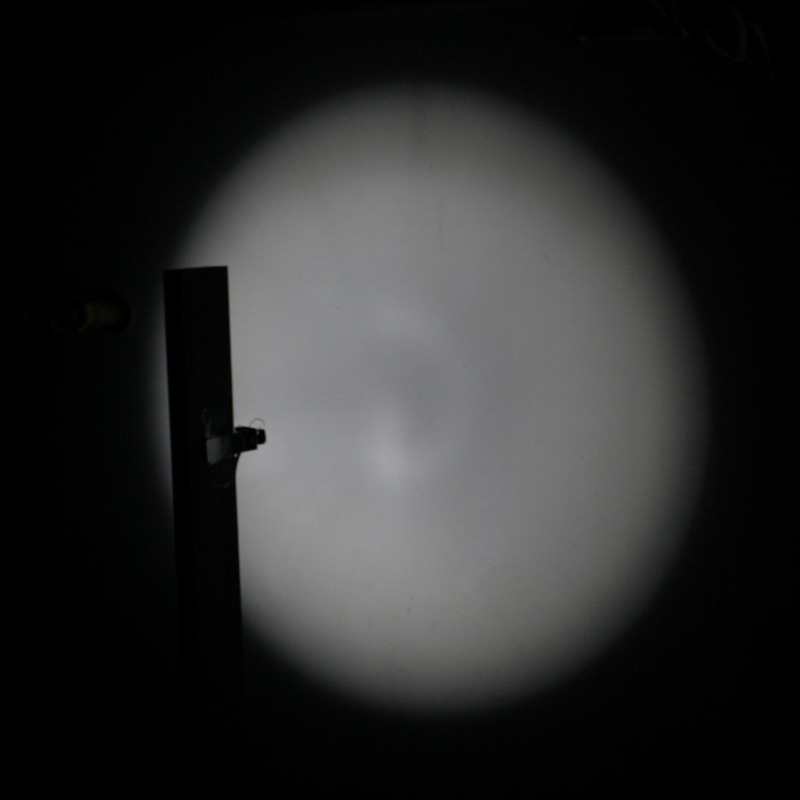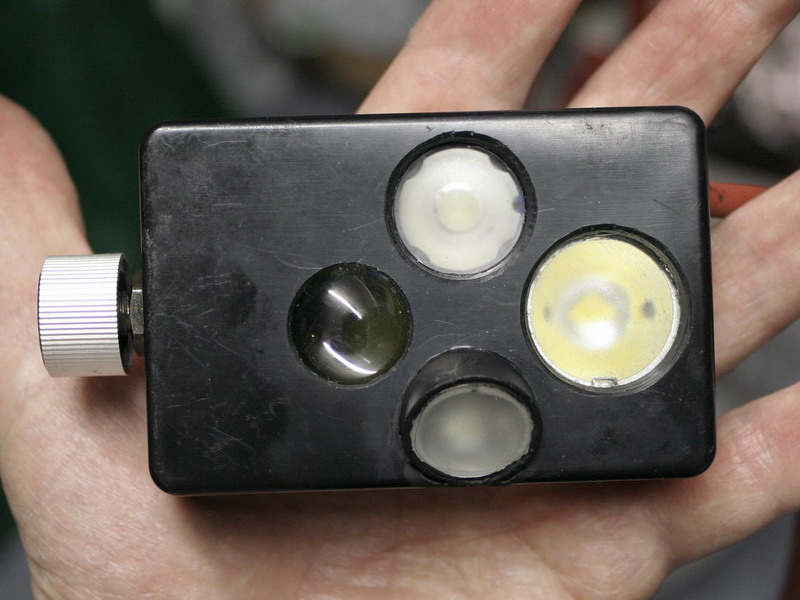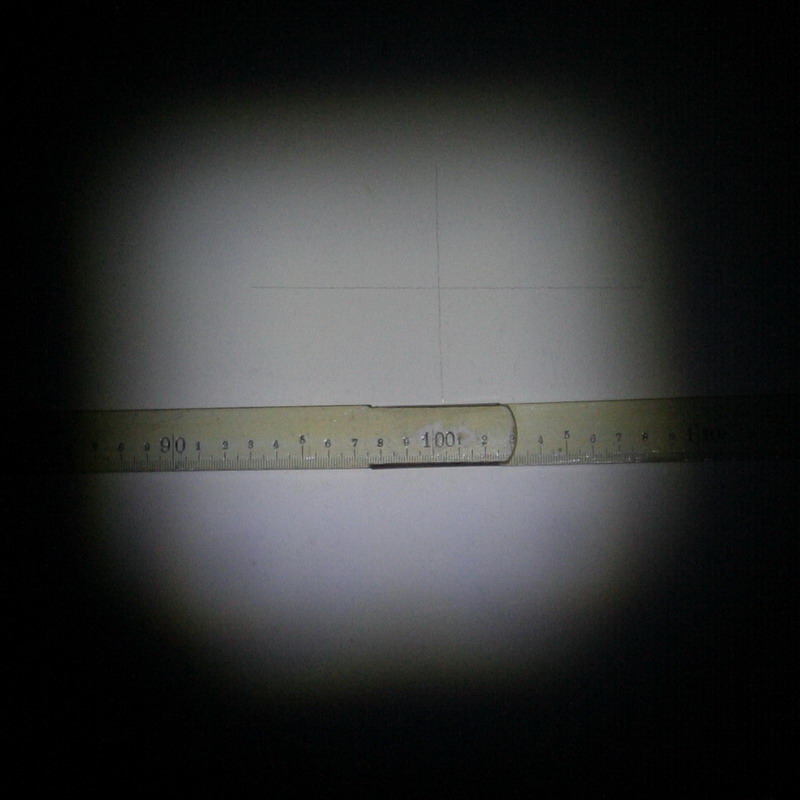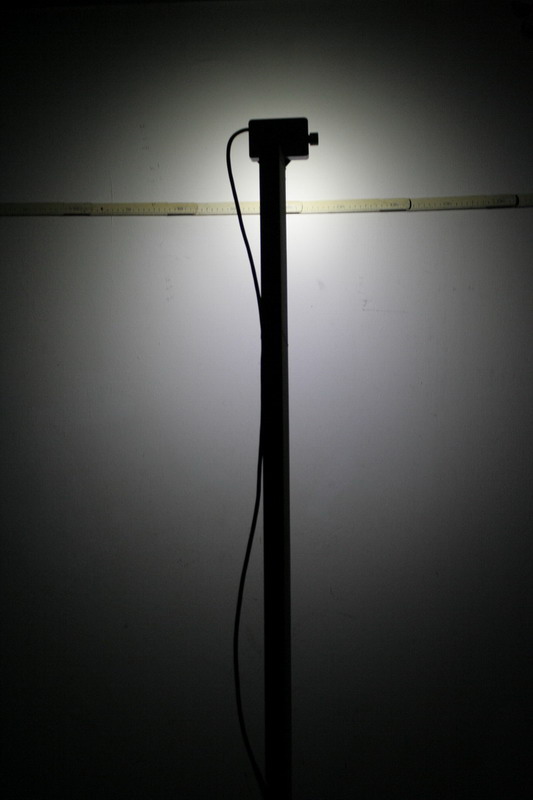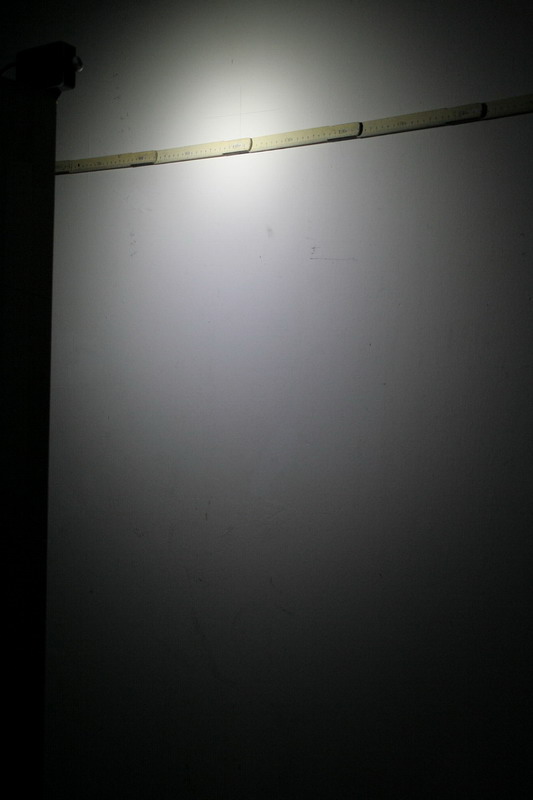uk_caver
Flashlight Enthusiast
I do see that the ideal close-up 'spot' beam is probably something like your 16° beam, since it will light up a reasonably wide area close to the caver, but I guess that does mean that it loses enough performance at long distances that you need an extra tight spot beam.
I find that even with a tight reflectored spot with a very sharp fall-off outside the beam, mixing a dim-to-medium spot with centre-biased flood seems to make the spot beam subjectively rather wider at short-to-medium distances (alternatively, the spot beam 'pulls out' the flood beam and makes it seem throwier even outside the spot).
I think it's down to objects outside the spot beam still being somewhat visible in the flood after the beam has passed over them - as long as they don't fall into relative blackness, they stay much better in the mind's attention.
This seems to work best with a lower power spot than flood beam, since there isn't as great a contrast at the edge of the spot. Too bright a tight spot can actually makes a light less usable close-up.
I find that even with a tight reflectored spot with a very sharp fall-off outside the beam, mixing a dim-to-medium spot with centre-biased flood seems to make the spot beam subjectively rather wider at short-to-medium distances (alternatively, the spot beam 'pulls out' the flood beam and makes it seem throwier even outside the spot).
I think it's down to objects outside the spot beam still being somewhat visible in the flood after the beam has passed over them - as long as they don't fall into relative blackness, they stay much better in the mind's attention.
This seems to work best with a lower power spot than flood beam, since there isn't as great a contrast at the edge of the spot. Too bright a tight spot can actually makes a light less usable close-up.
Last edited:


